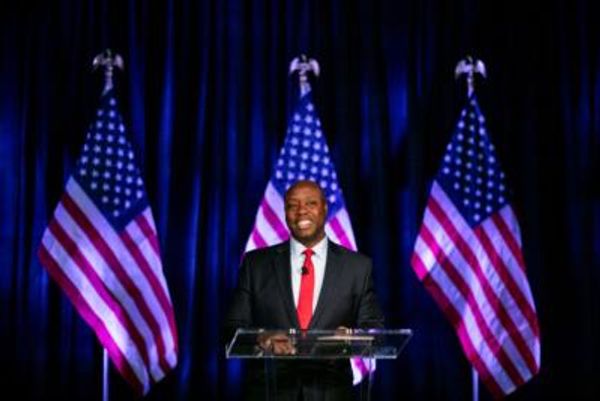
Labor’s policy fix to tighten temporary migration can’t come soon enough for a government that is facing both a substantive policy and political challenge from record numbers of foreign students.
There are strong, vocal constituencies for continuing the massive number of foreign students entering Australia — and sound policy reasons too. But the surge, coinciding with the culmination of decades of failure on housing policy, is causing acute problems in the housing market and offers golden opportunities for both the Coalition and even more right-wing politicians like Pauline Hanson to attack immigration.
The government’s budget prediction of net overseas migration of 400,000 for 2022-23 — falling to 315,000 this current year — looks likely to be a significant underestimate, with credible predictions from experts like Abul Rizvi that the figure is more like half a million over the last twelve months. A key reason is the rapid increase in foreign student numbers to record levels, with over 660,000 foreign students in Australia in August, despite the government committing to curb entry for applicants of low-quality private (the terms are virtually synonymous) vocational education institutions, which function less like educational institutions and more like visa scamming opportunities.
Business loves temporary migrants, especially foreign students, who provide a low-skilled but easily exploitable source of labour. Universities also love them, given they provide billions in revenue, as do governments of both sides, which have cut and cut public funding to higher education per student.
Indeed the government loves foreign students so much that it is now considering imposing a tax on foreign students proposed by the Universities Accord Review Panel.
This would be an extraordinary decision: having driven universities to rely heavily on revenue from foreign students by cutting public funding, the federal government would effectively punish that decision by taxing that revenue — either cutting total funding or forcing universities to pursue even more foreign students to make up the shortfall.
Meanwhile, the national rental vacancy rate and the number of rental listings reached historic lows in September while rents continued to record double-digit annual rises, despite some slowing.
There are no short-term supply levers to address the rental crisis, and even the medium and long-term levers — increasing social housing funding and removing restrictions on higher-density property development — are unlikely to make a marked impact. In fact, the crisis will only get worse in coming quarters, with building approvals at their lowest levels in a decade. Senior officials of the Reserve Bank told parliament’s economics committee last week that we still have yet to see the peak in rental CPI, a key contributor to overall inflation.
In fact it would be absurd for that not to be the case given the surge in foreign students coinciding with the persistent decline in housing approvals since their peak in early 2021.
Peter Dutton has already made clear his intention to campaign on an anti-immigration platform, peddling a conspiracy theory that Labor has a secret plan for a “big Australia”. As the man more responsible than anyone else for losing control of Australia’s borders under the previous government, he should know that demand-driven visa categories ostensibly intended to help other parts of the economy are easily gamed, or become de facto migration avenues. But that sort of nuance will be ignored in the Coalition’s rhetoric about housing and infrastructure being inadequate to meet the demands of Labor’s migration policies.
Pauline Hanson, predictably, has also returned to one of her favourite topics, arguing that governments of both sides and big business like high immigration but it doesn’t benefit ordinary Australians.
The case for both short-term and long-term benefits of high levels of foreign university students is relatively clear — especially if regulators are able to curb the egregious exploitation of them by business. And they shouldn’t shoulder the blame for the rental crisis — especially given, as Cameron Murray has noted, student accommodation doesn’t figure in estimates of dwellings. But a first step must surely be to go beyond improving regulation of the scandal-plagued private vocational education sector — instead burning it to the ground and rebuilding it under ultra-strict requirements for integrity and quality.
The Joint Standing Committee on Foreign Affairs, Defence and Trade in an interim report recommended earlier this month that the government “take firm action to address persistent and deep-seated integrity issues in the private Vocational Education and Training sector”. These actions include much tougher requirements on private operators (such as a fit and proper person test and a requirement that they be an existing domestic training provider already), that new provider applications be halted for a year, a ban on foreign students taking well-known dodgy courses and bans on any provider under investigation from accepting students.
The private vocational education sector only accounts for a few tens of thousands of foreign students but is the low-hanging fruit for curbing an area that provides little benefit to Australia. There’s a strong case for simply shutting down the sector outright and only re-accrediting private providers under the absolute strictest regimes.







